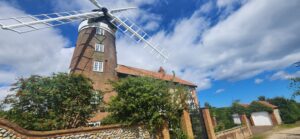Exploring History at the Oliver Cromwell House Museum, Ely
Oliver Cromwell House was the home of one of the most polarizing figures in English history. Oliver Cromwell was a key figure in the English civil war in the 17th century, and instrumental in the overthrow and execution of King Charles 1. There are almost none of the houses he lived still standing today, however there is one in Ely, which is now an informative and excellent museum. The museum is nestled in the heart of Ely and an easy walking distance from the magnificent Ely Cathedral. You can purchase your tickets in the Tourist Information Centre / souvenir shop at the entrance to the museum. The very helpful staff will give you an excellent audio tour with your ticket.

There is a train station at Ely which connects to a number of major cities.
A brief history of the house
Oliver Cromwell’s House is on St. Mary’s Street in Ely and dates back to the early 17th century. It was originally built as a residence for the canon of Ely Cathedral. It became Cromwell’s family home in 1636.
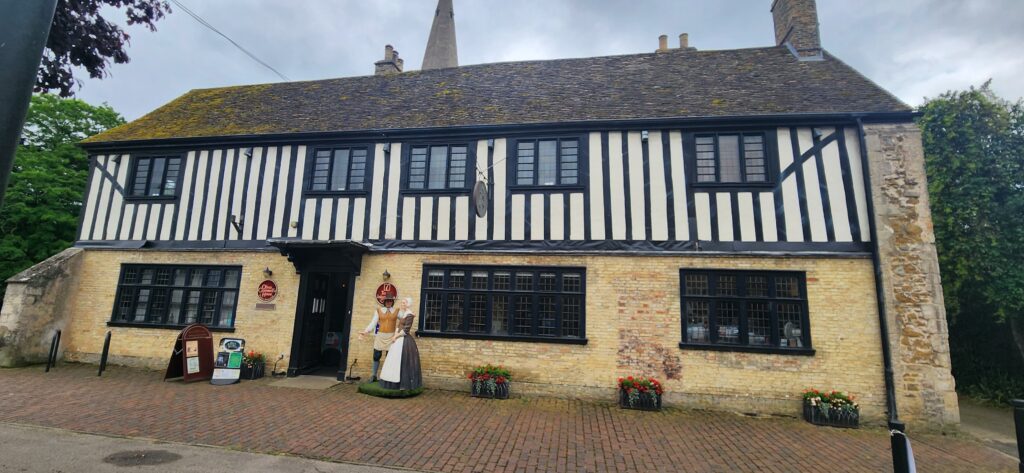
Cromwell was a man of humble origins and lived in the house with his wife, Elizabeth, and their children for nearly a decade before he rose to national prominence. After that he became a military and political leader during the English Civil War. The City of Ely acquired the house in 1962. After that they restored it, and turned it into a museum dedicated to Cromwell’s life and legacy. The museum opened to the public in 1990 and now draws visitors from all over the world.
The exhibits in Oliver Cromwell’s House
The museum reflects the domestic life of the 17th century and provides an immersive experience for visitors. Each room is furnished with period-related artifacts, giving a sense of how the house might have looked when Cromwell lived there. You can see 17th century clothing, armour and helmets used in the English Civil War. There are musical instruments of the time, historical furniture and much more. You move from room to room of the house, seeing a different exhibit relating to that room.

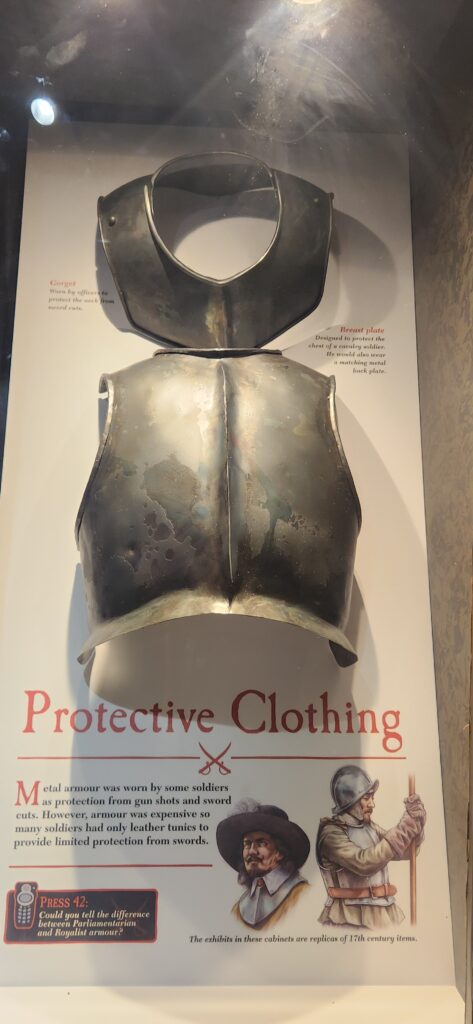

One of the highlights of the museum is the re-creation of Cromwell’s study. This features a writing desk, quills, and documents that evoke the atmosphere of a 17th-century workspace. It is easy to picture Cromwell here, deep in thought, as he pondered the future of England.
One of my favourite rooms was the kitchen, which shows the type of foods eaten in the period, It also displays traditional cooking methods and equipment. The kitchen, with its open hearth and authentic utensils, provides an insight into the domestic life of the Cromwell family and their servants. It even gives you tips on 17th century cookery, and practical uses for various herbs and flowers!
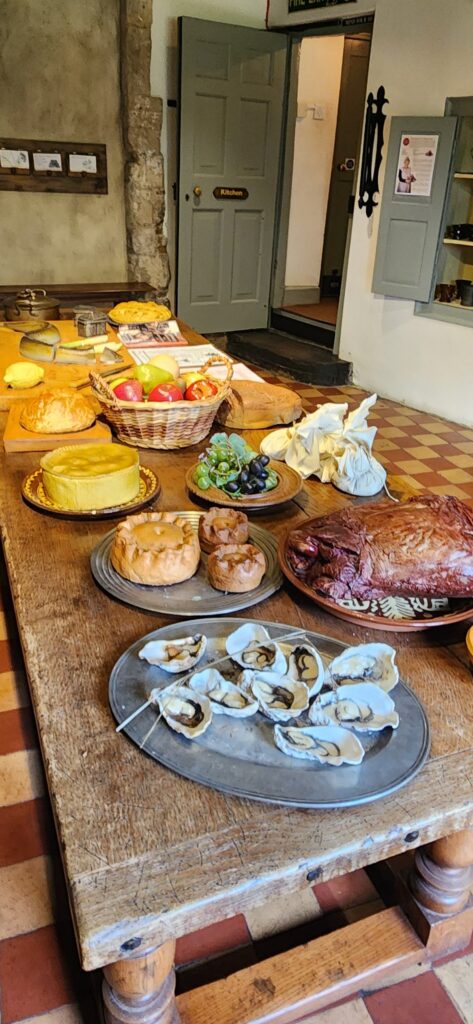
The museum also includes several interactive displays. You can try on replicas of clothing from the 17th century, including Cromwell’s distinctive wide-brimmed hat and military garb.
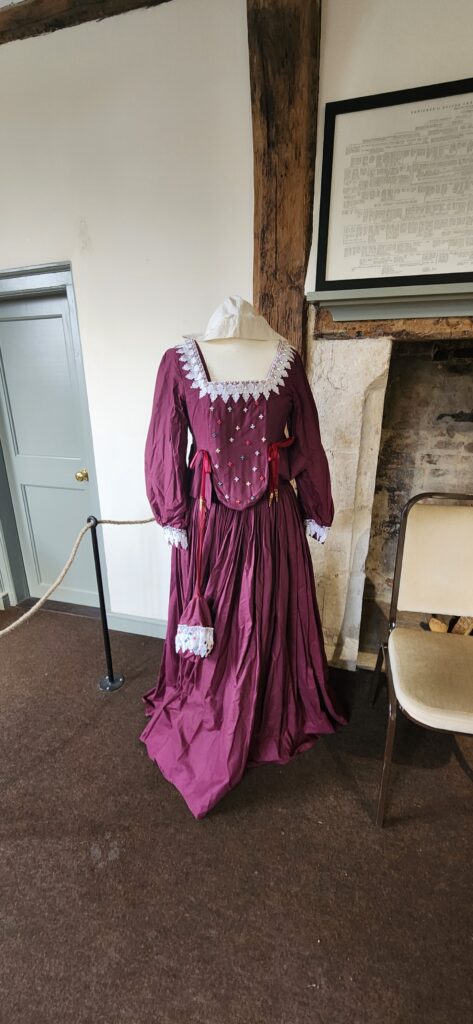
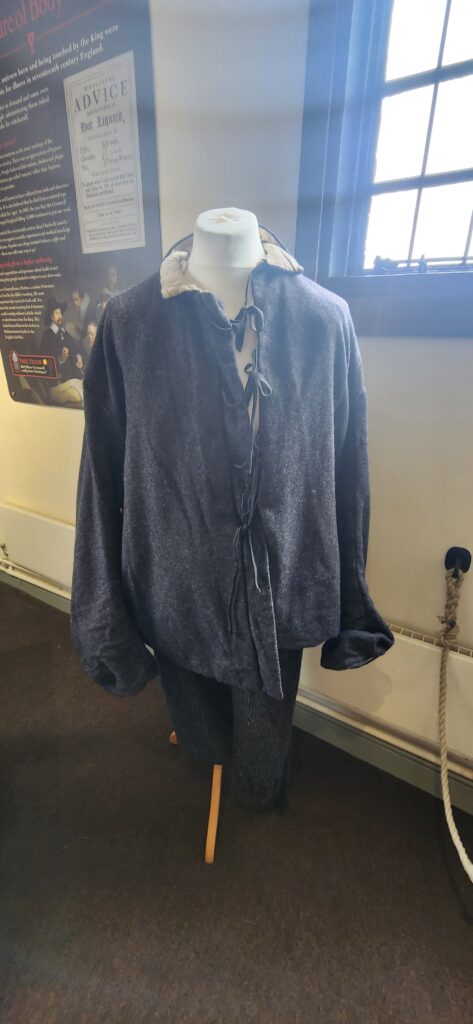
Oliver Cromwell’s Legacy
Cromwell is a polarizing figure. To some, he was a hero who championed the rights of Parliament against a tyrannical King. To others, he was a regicidal dictator who ruled with an iron fist as he enforced his puritan values. As Lord Protector he played a crucial role in the establishment of a republican government, However, that republic only lasted for 11 years before the monarchy was restored.
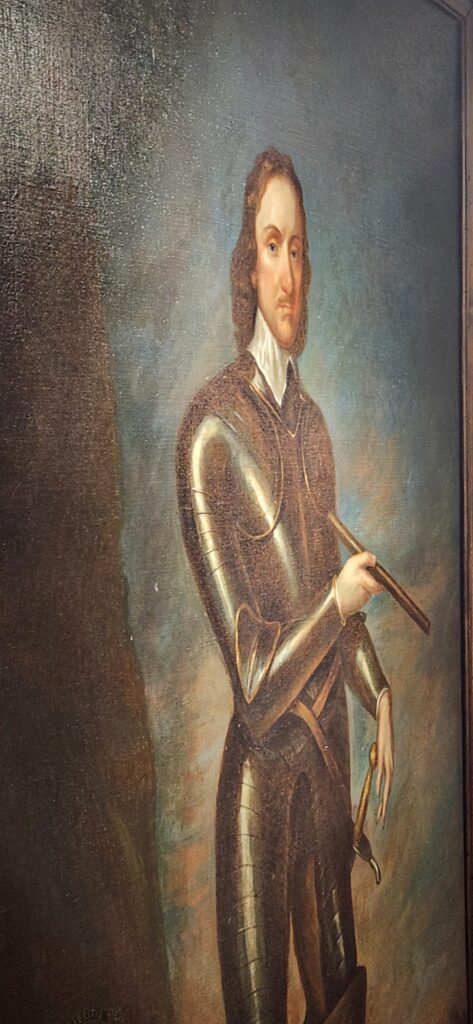
Despite this, the museum presents a balanced view of his life and legacy, encouraging visitors to make up their own minds. Through a series of informative panels, videos, and exhibits, you can explore Cromwell’s rise to power, his military campaigns, and his impact on England’s history.
One of the most poignant sections of the museum is the exhibit on Cromwell’s death and the treatment of his body. After his death in 1658, Cromwell was buried with full honors in Westminster Abbey. However, following the restoration of the monarchy in 1660, his body was exhumed, hanged, and decapitated. The exhibit examines this grisly episode and provides an insight into the turbulent times in which Cromwell lived.
Oliver Cromwell’s House Museum provides an opportunity to walk in the footsteps of one of England’s most significant historical figures. I only had a general knowledge of the English civil war and of Cromwell before visiting the museum. After visiting this fascinating museum, however, I am keen to learn more about Cromwell, the civil war and the times he lives in.
Tickets and opening times
For entry prices and opening times visit Oliver Cromwell House website.
Other attractions in Ely
There are many other interesting places to explore exploring in Ely’s. The museum is part of a larger historical trail that includes the cathedral, the Ely Museum, and the nearby Wicken Fen Nature Reserve. There are plenty of pubs and cafes in the city centre, where you can enjoy a leisurely stroll along the picturesque streets of this charming city.


